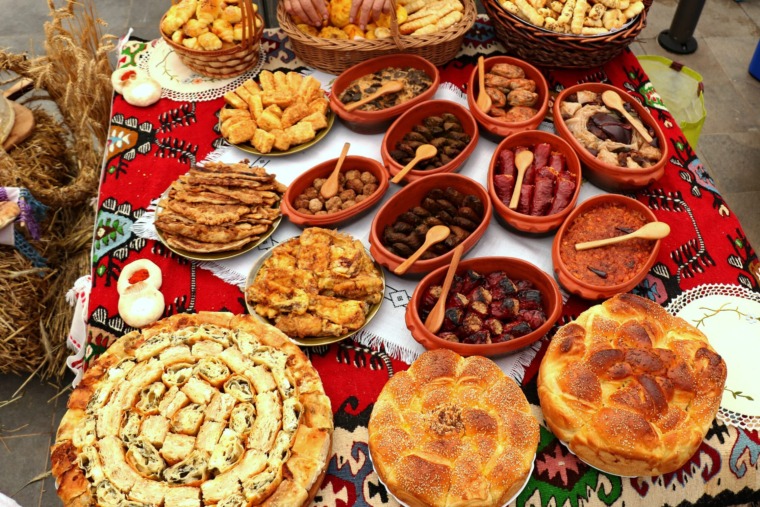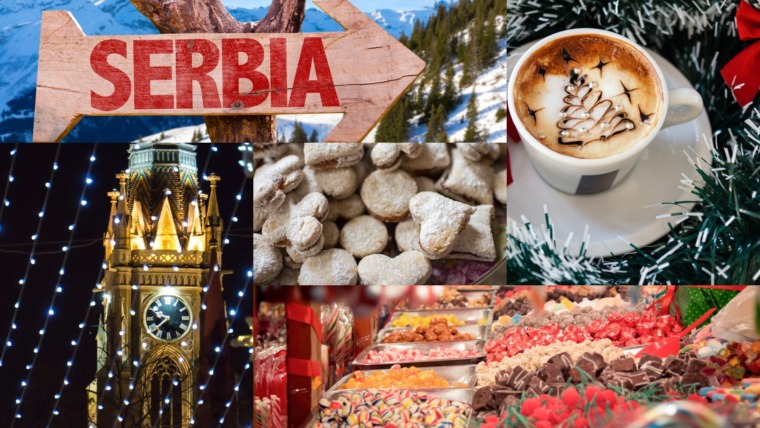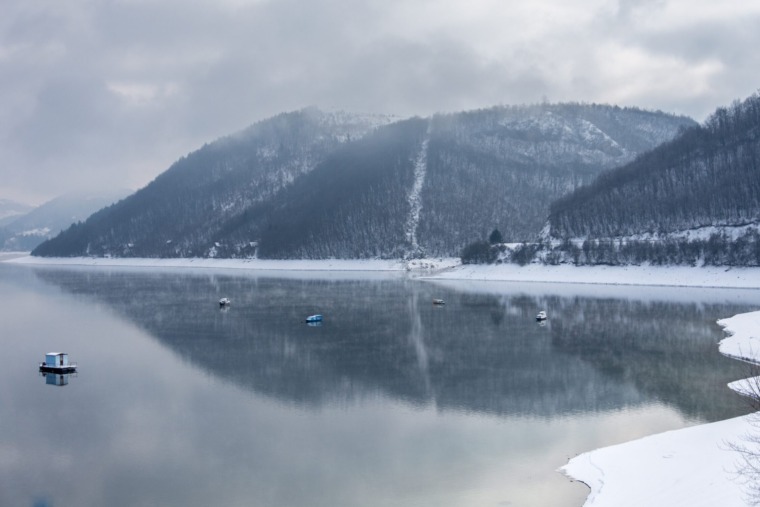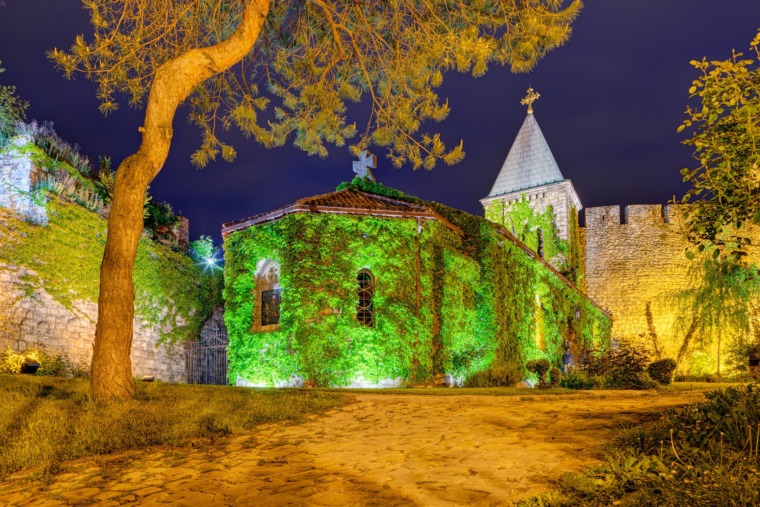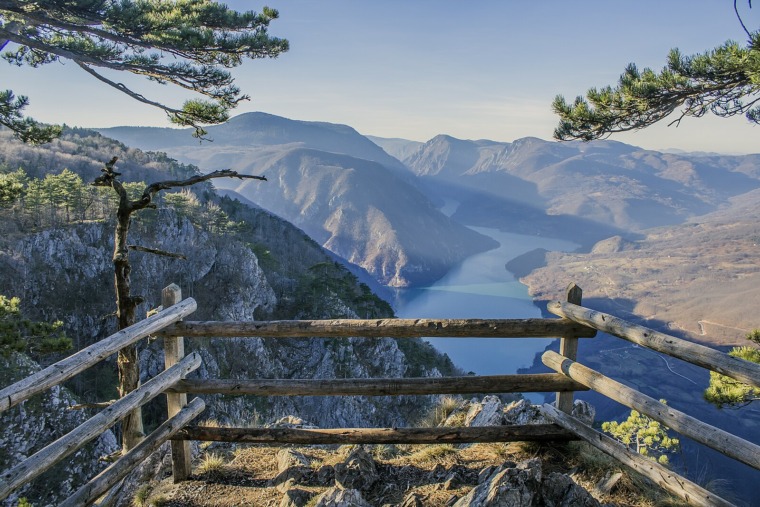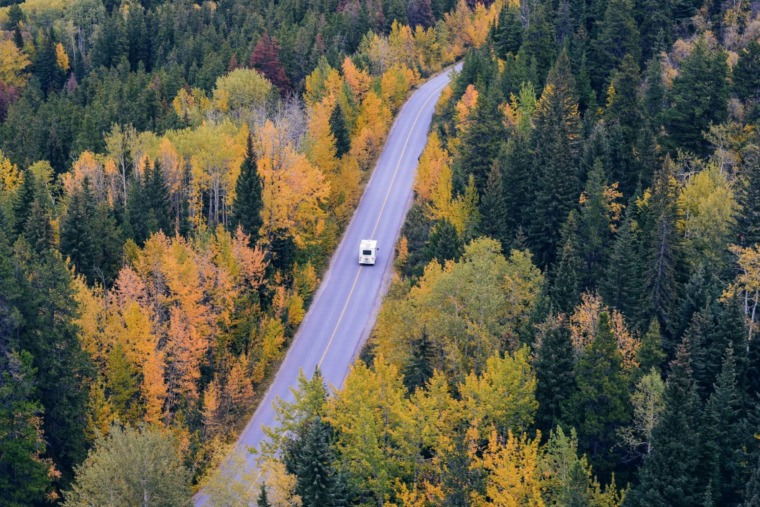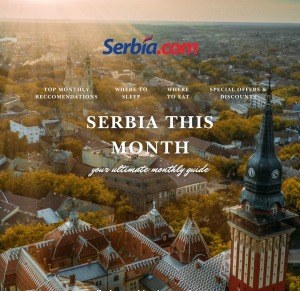

Serbia is a land of diversity – not only in its landscapes, but also in its traditions, dialects, cuisine, and the character of its people. Every part of it tells a different story, painted in a different color. To truly understand Serbia, one must explore it piece by piece – from villages to plains, from mountains to monasteries.
In the series “Exploring the Regions of Serbia: Discover Every Hidden Corner,” we’ll guide you through the country’s key geographic and cultural areas, revealing the unique identity of each one through its natural landscapes, rich history, diverse cuisine, and everyday life.
📍 What are the main regions of Serbia?
Vojvodina
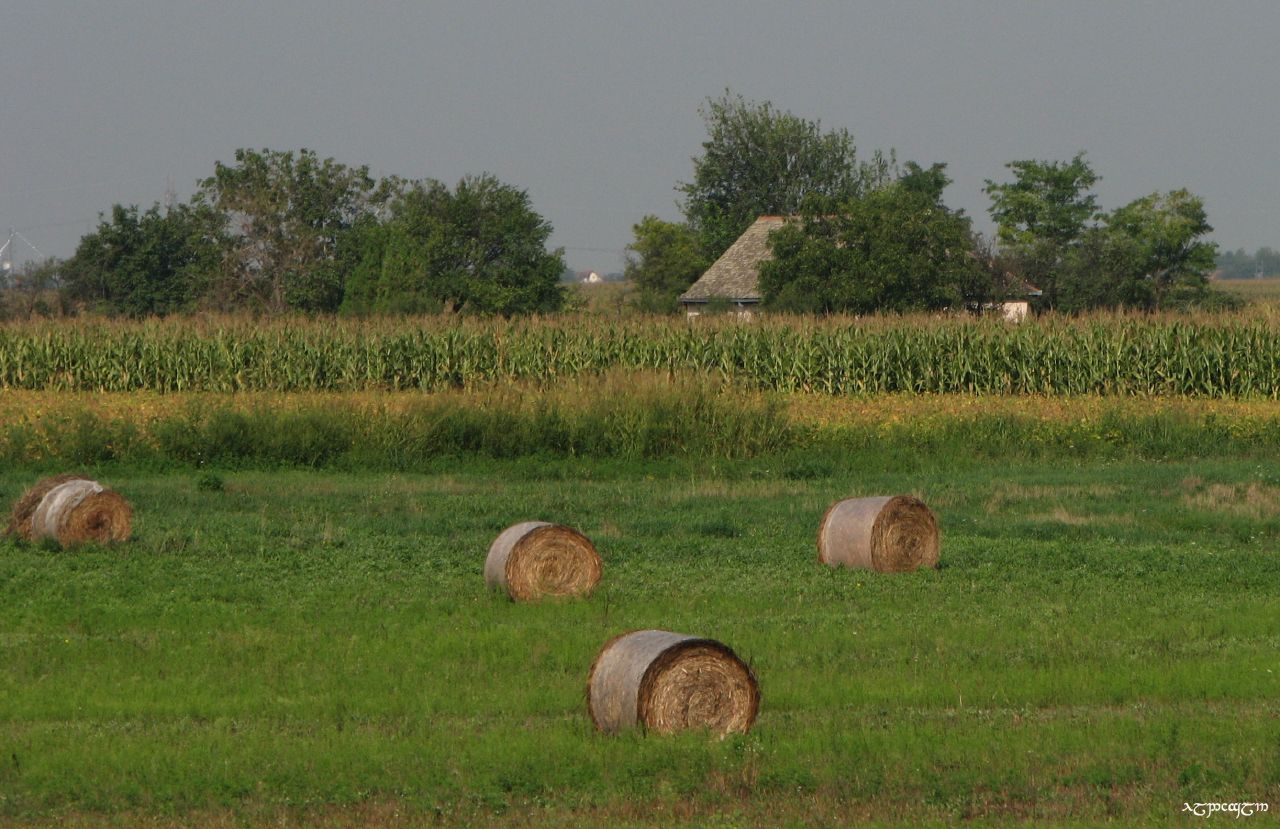
A vast plain under an open sky. A land of salaši, tamburitza music, vineyards, and multicultural harmony. Home to Serbs, Hungarians, Slovaks, Romanians and others, each community left its mark on local customs, architecture and cuisine. From Petrovaradin Fortress and Fruška Gora to Subotica and the Tisa River, Vojvodina offers a peaceful yet rich experience.
Šumadija
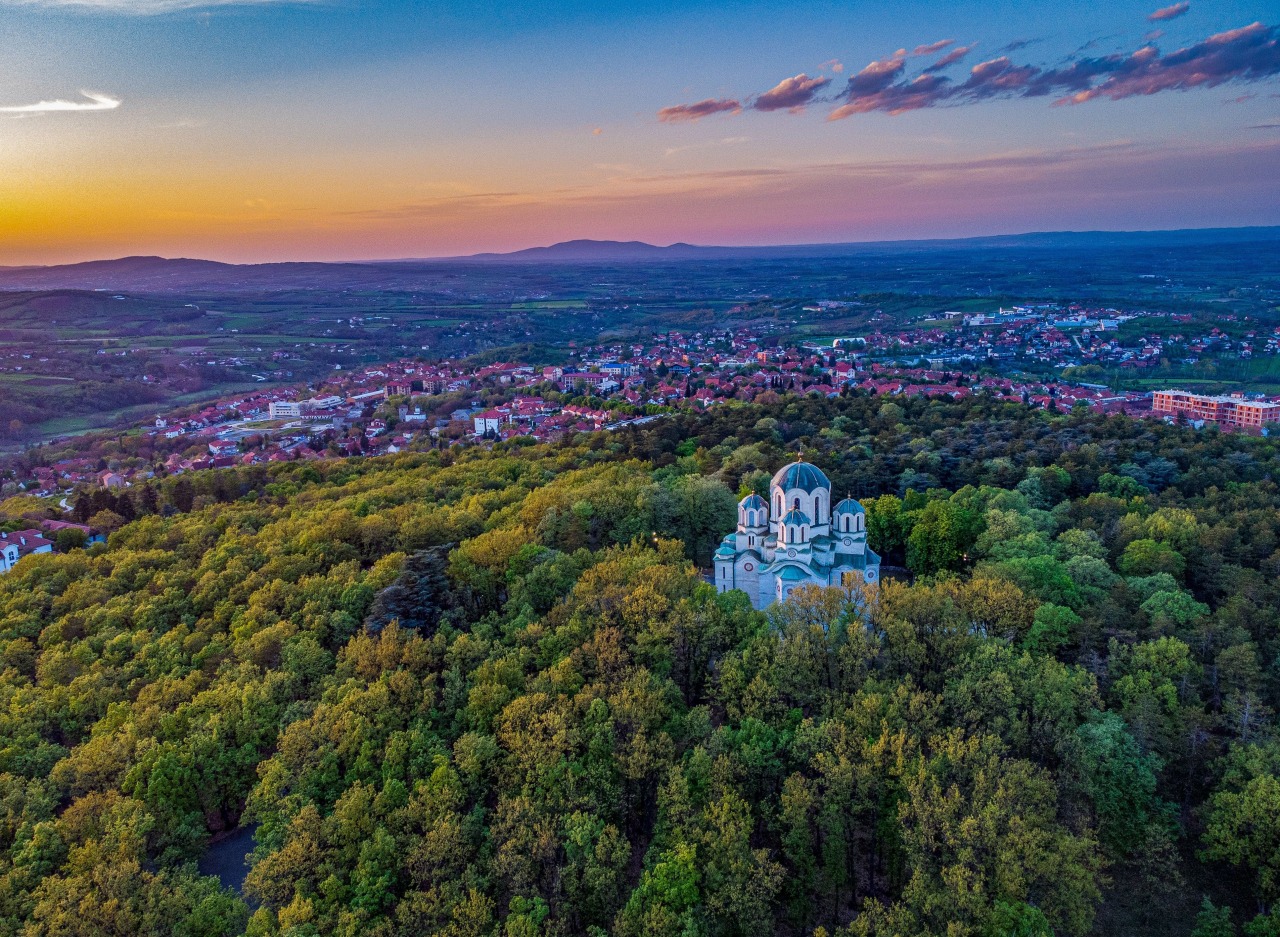
The heartland of Serbia – cradle of uprisings, vineyards, and folk songs. With its rolling hills and historic towns like Topola, Aranđelovac and Kragujevac, Šumadija carries the spirit of the past, while offering beautiful nature from Mt. Rudnik to the Oplenac royal complex.
Western Serbia

A land of mountains, rivers, and ethno-villages. Home to Tara, Zlatibor, Mokra Gora, the Drina River, and Uvac Canyon, this region blends breathtaking landscapes with rustic tradition and hospitality. It is where nature and heritage come together in harmony.
Eastern Serbia

Wild and mysterious, shaped by deep gorges, ancient caves, monasteries and prehistoric sites. From Mount Rtanj and the Iron Gate to Felix Romuliana and Negotin’s wine cellars, Eastern Serbia is filled with hidden treasures where nature and history walk side by side.
Southern Serbia
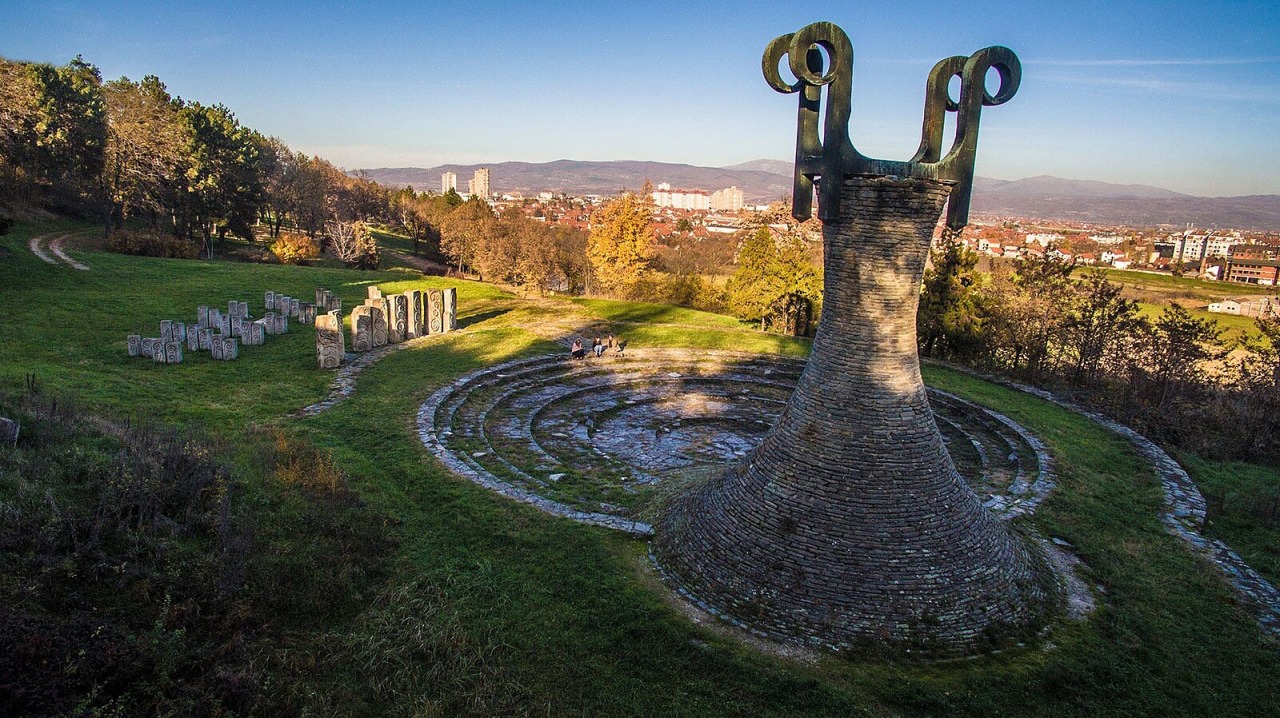
Lively, soulful, and rich in flavor. Cities like Niš, Leskovac and Vranje are known for their strong culinary identity, expressive culture, and warm hospitality. This region also boasts medieval heritage and a unique dialect and spirit.
Southwestern Serbia and Sandžak
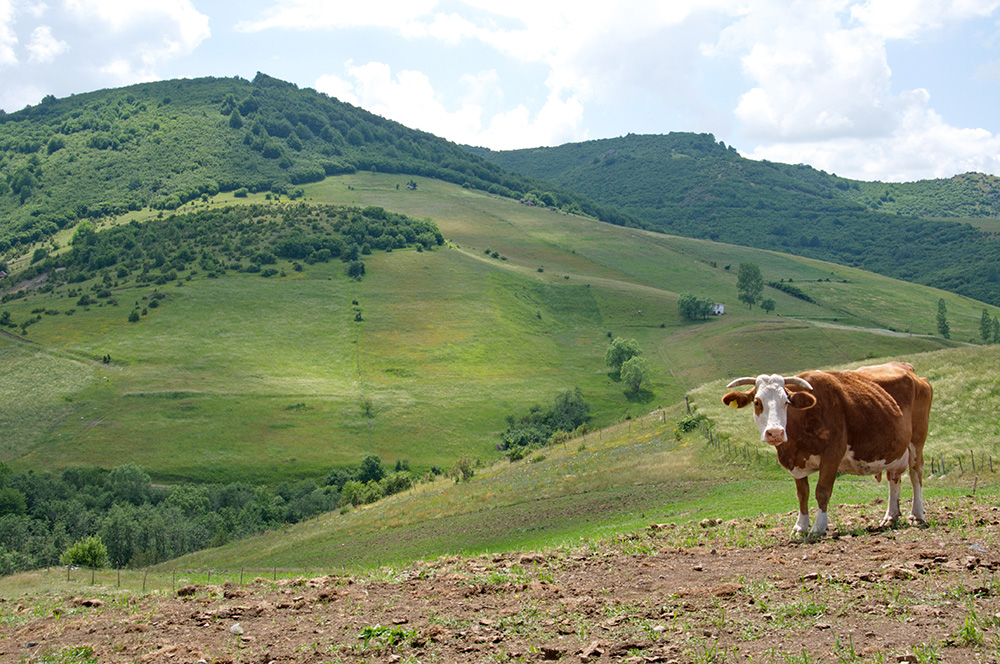
A region of contrasts and deep cultural roots. In towns like Novi Pazar and Sjenica, Islamic and Christian traditions intertwine, framed by the mountains of Golija and the Pešter Plateau. Life here remains authentic and closely connected to the land.
Kosovo and Metohija (with special regard)
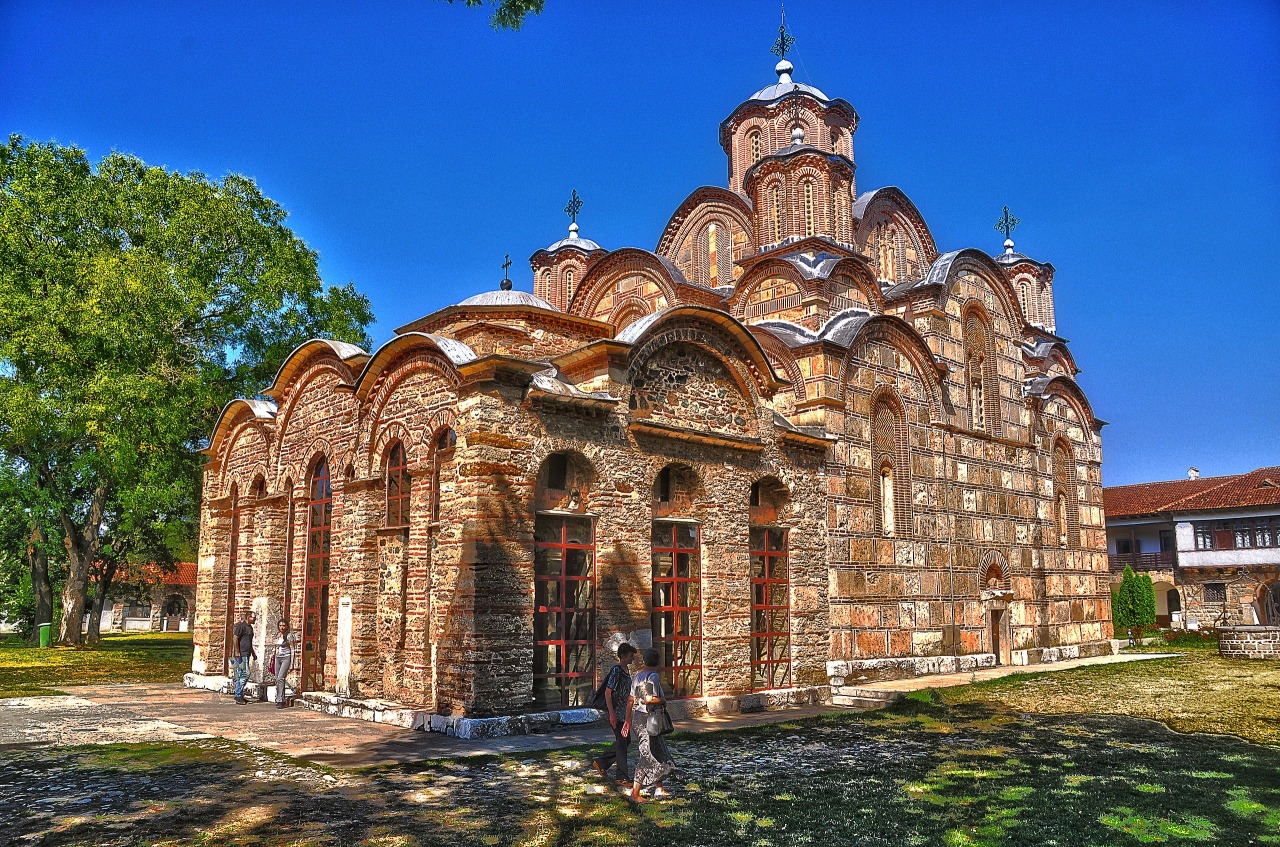
The spiritual foundation of Serbian history. A land of monasteries, epic tales, and resilience. We’ll explore this region with respect and care, focusing on its cultural and historical significance and sacred sites that have stood the test of time.
This series invites you to look beyond the familiar, to walk paths not marked by tourist signs, but by the warmth of a host, the smell of freshly baked bread, and the view from a mountain peak. The Face of Serbia is made of many parts – and each deserves to be discovered.
Related Articles

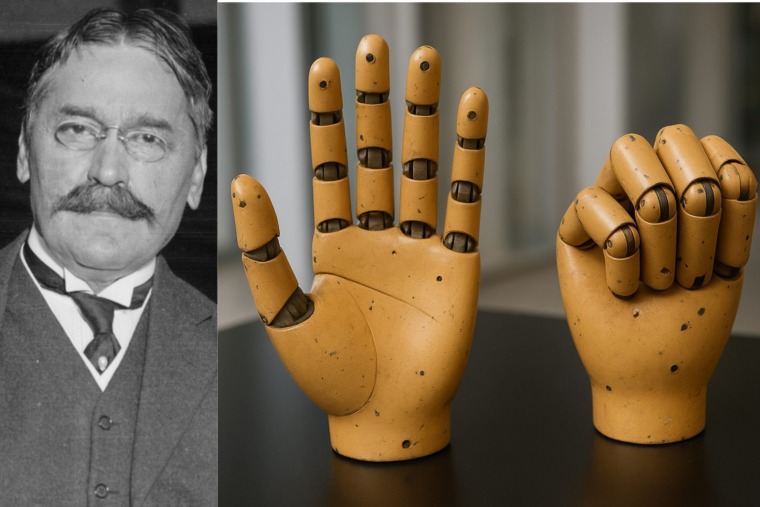
The Belgrade Hand: A Bionic Pioneer from Serbia
November 27, 2025